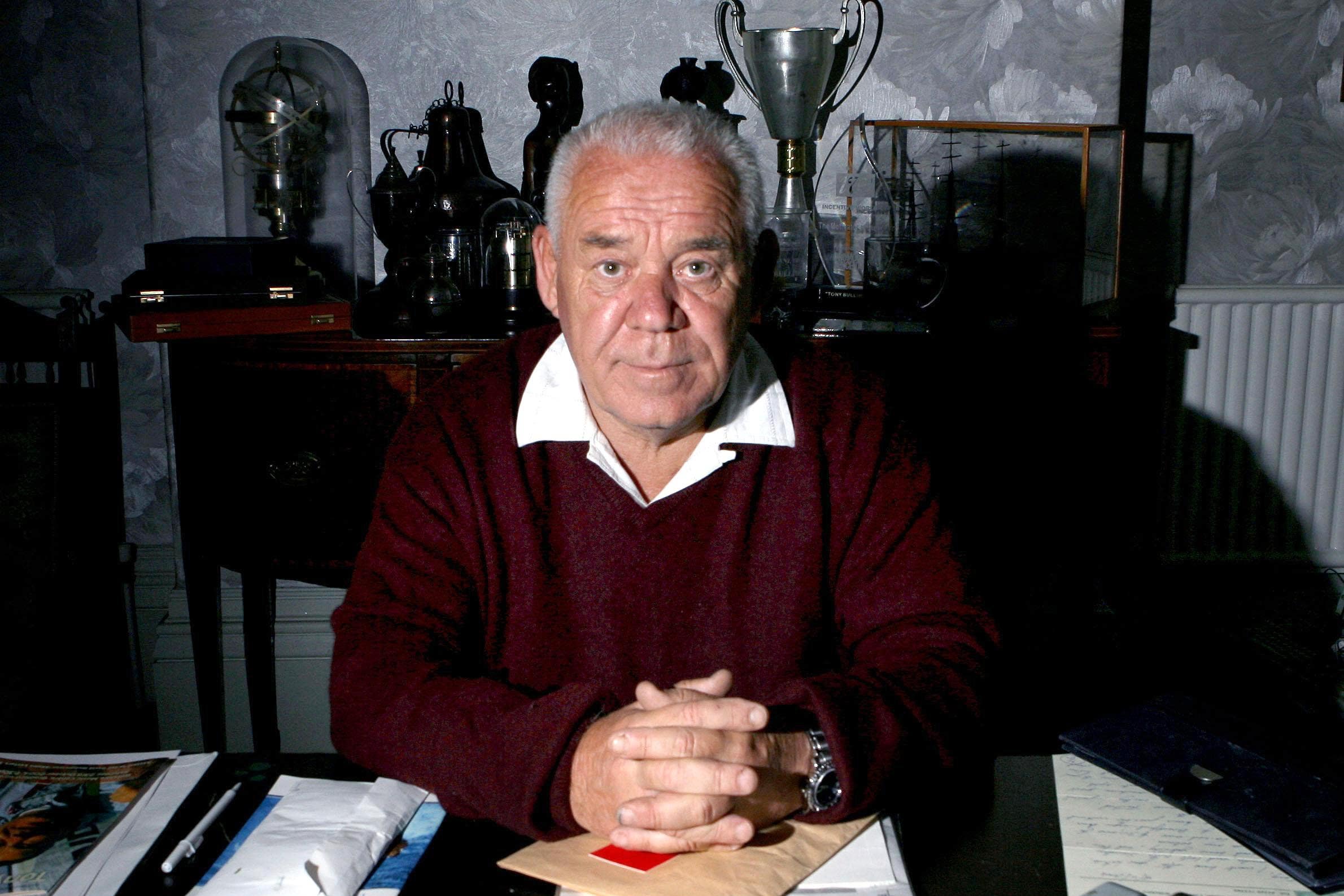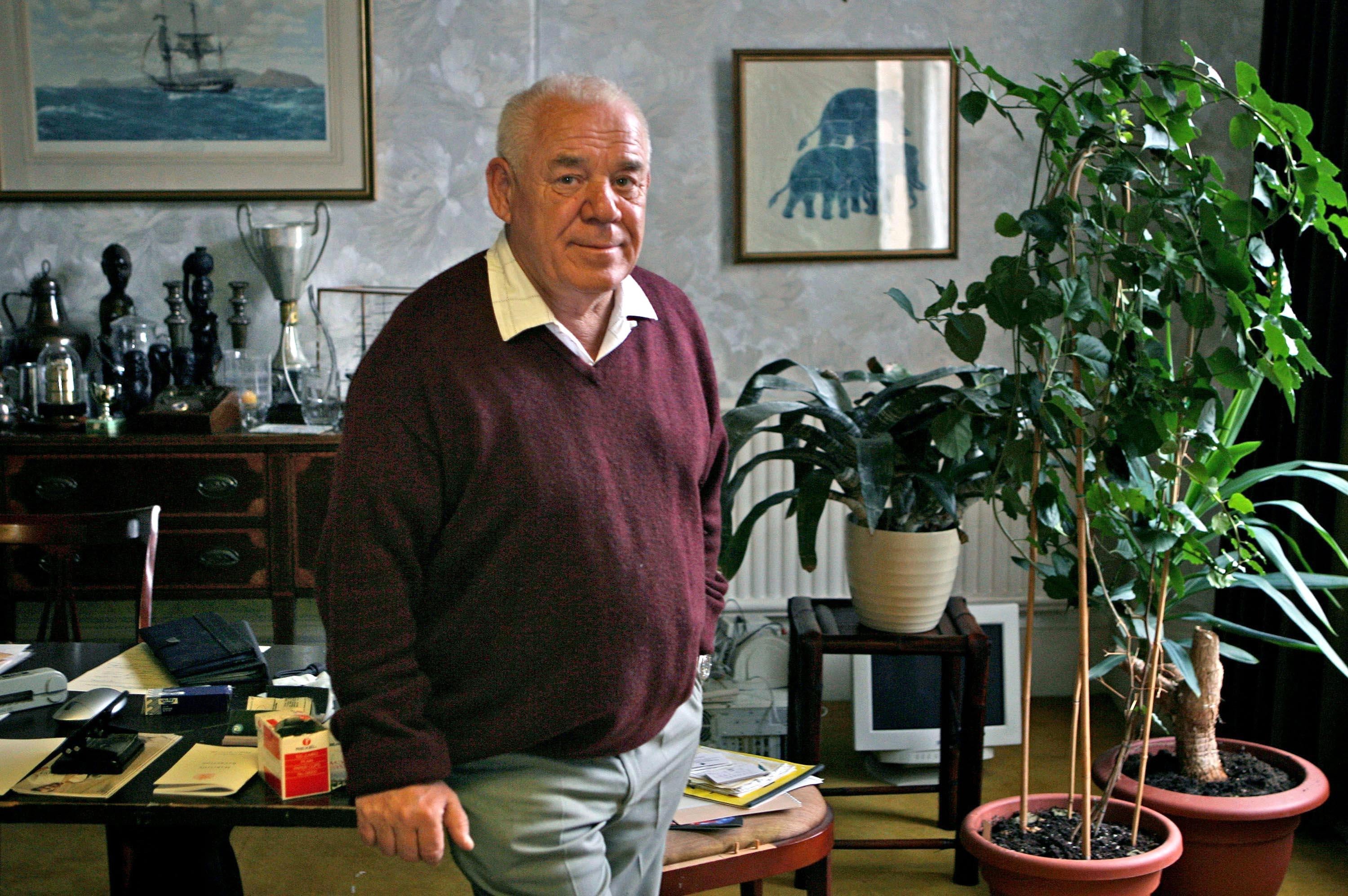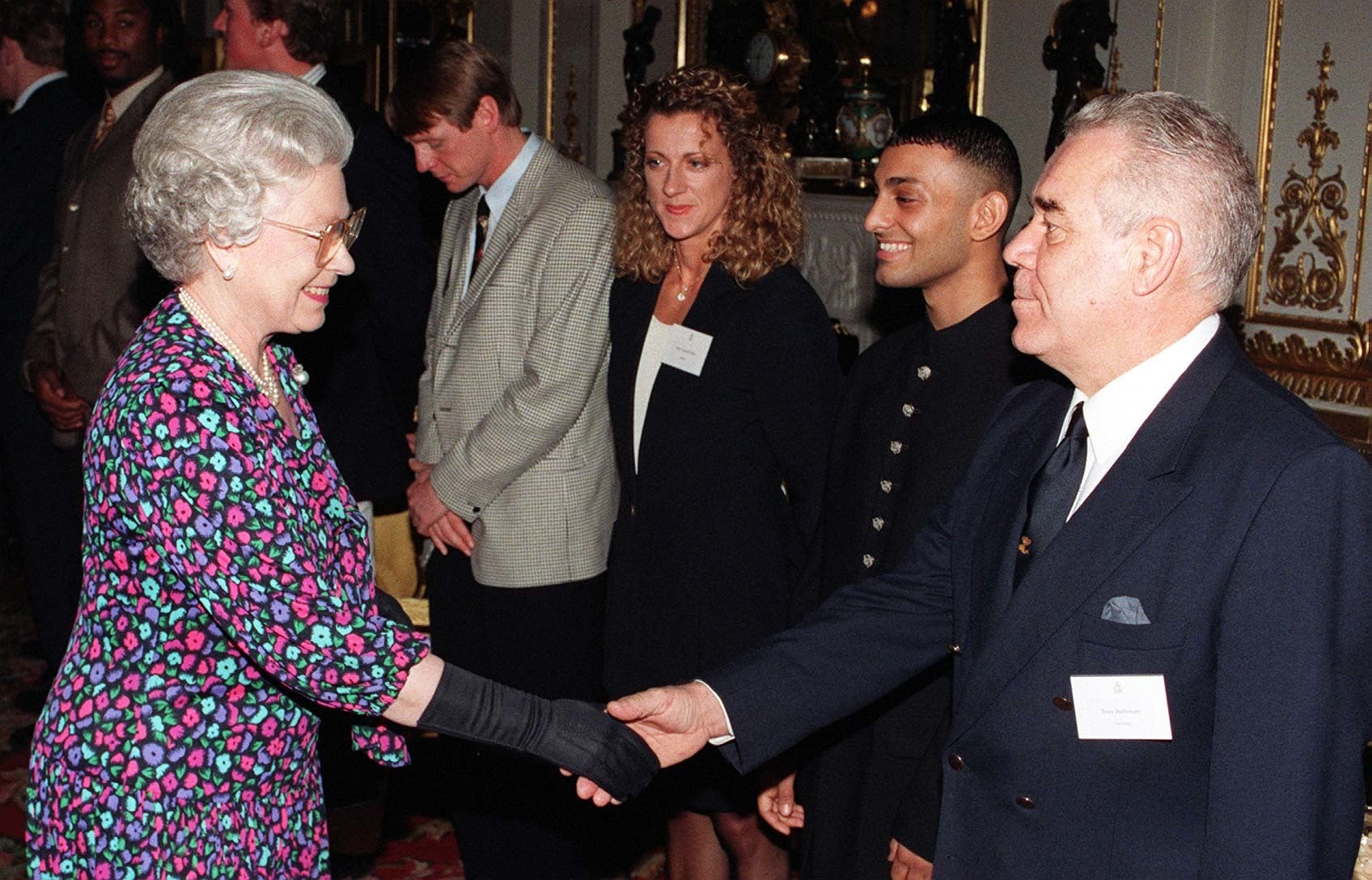How sailors can use air pockets to survive in capsized boats for days
The amazing rescue of Tony Bullimore inspired the country

Your support helps us to tell the story
From reproductive rights to climate change to Big Tech, The Independent is on the ground when the story is developing. Whether it's investigating the financials of Elon Musk's pro-Trump PAC or producing our latest documentary, 'The A Word', which shines a light on the American women fighting for reproductive rights, we know how important it is to parse out the facts from the messaging.
At such a critical moment in US history, we need reporters on the ground. Your donation allows us to keep sending journalists to speak to both sides of the story.
The Independent is trusted by Americans across the entire political spectrum. And unlike many other quality news outlets, we choose not to lock Americans out of our reporting and analysis with paywalls. We believe quality journalism should be available to everyone, paid for by those who can afford it.
Your support makes all the difference.With hopes that six people missing after a luxury yacht sank are sheltering in air pockets, the most famous survivor of such an incident is solo round-the-world yachtsman Tony Bullimore.
Experts have speculated that air pockets could have formed as the Bayesian superyacht sank during a storm off the coast of Sicily.
Among those missing are technology tycoon Mike Lynch and his 18-year-old daughter Hannah.
Dr Jean-Baptiste Souppez, a senior lecturer in mechanical, biomedical and design engineering at Aston University, said the speed at which the yacht sank while remaining intact could favour the formation of air pockets.
“This is obviously highly speculative and impossible to predict accurately,” he said.
“But whether air pockets formed on the Bayesian is simply impossible to predict.”

Bullimore’s amazing four-day fight for life inside the upturned hull of his capsized yacht captivated the nation in 1997.
The Bristol-based mariner survived by sheltering in an air pocket in his wrecked vessel while storms battered the craft in the icy Southern Ocean.
The yacht’s makers thought enough air could be trapped in pockets inside the hull for someone to survive for about 140 hours.
The only nourishment Bullimore had during his ordeal was a bar of chocolate and some fresh water.
He only dared to swim out from underneath the vessel after crewmen from the Australian Navy frigate HMAS Adelaide on an inflatable Zodiac rescue craft banged on the hull.
The hardy sailor suffered mild hypothermia, a fractured tooth, abrasions to his hands, frostbite on his forehead and fingertips, and moderate dehydration.

Both the prime minister of the day, John Major, and the Queen praised his extraordinary feat of survival.
His yacht, the Global Exide Challenger, was one of two vessels to capsize in wild seas about 900 miles from Antarctica and 1,400 miles from the Australian coast during the Vendee Globe race.
Speaking a year after his rescue, Bullimore said: “Looking back on this time last year there’s no one thing that stands out.
“But one of the greatest thrills is just being at home now and especially having my wife, Lalel, close.
“She has had to put up with a great deal of trauma and she was scared that I had gone, but we are thrilled to be together again.
“Sitting in the hull of my boat things were looking pretty grim. I’ve been granted a second chance, which I’ve grabbed with both hands.”
The former Royal Marine died in 2018 aged 79.